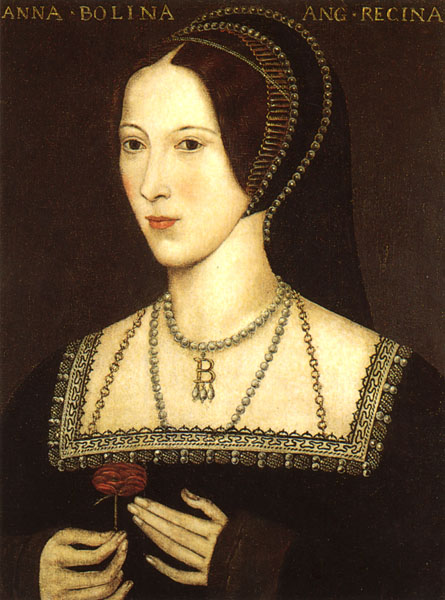In the following year of Henry VIII's second marriage, ‘the Parliament pressed on further legislation abolishing all ecclesiastical dependence on Rome. But it was only in March, 1534, that the papal tribunal finally pronounced its verdict upon the original issue raised by the king and declared the marriage between Henry and Catherine to be unquestionably valid’ (http://www.newadvent.org/cathen/04024a.htm). Nonetheless, this came obviously too late. Clement VII ‘has been much blamed for this delay and for his various concessions in the matter of the divorce’ (ibid), which reduced Catherine’s position to be merely ‘referred to as the Princess Dowager in an act of parliament in 1534′ (http://www.thereformation.info/Divorce.htm). As for her daughter, Thomas Boleyn was sent ‘on 13 July 1534 to the Princess Mary to induce her to renounce her title and acknowledge herself an illegitimate child’ (http://www.luminarium.org/encyclopedia/thomasboleyn.htm). On 25 September, 1534, the Pope Clement VII died and he was succeeded by Paul III, who ‘used his power of excommunication against Henry, followed by his rescinding Henry’s title as “Defender of the Faith.” England’s parliament declared that title still valid. Pope Paul had to watch – powerless – as Henry “nationalized” all Roman Church property in England into his personal ownership and sold off these properties to the highest bidders among the aristocracy and the gentry. Roman priests in England were dismissed unless they swore an oath of conformity to Henry’s new Church. Those who would not were dispossessed of their positions and livelihood, or if made too much political noise they were executed as “recusants” – dissidents’ (http://www.fsmitha.com/h3/h18-eu1.htm). In addition, the Parliament of England in 1534 also ratified the ‘decision about the divorce’ (http://www.thereformation.info/Divorce.htm) between Henry and Catherine and passed ‘the Treasons Act, which made it high treason, punishable by death, to refuse to acknowledge the King as head of the Church of England’ (http://www.fsmitha.com/h3/h18-eu1.htm).
 |
| Anne Boleyn |
In the years to follow, Catherine ‘continued with her appeal to Rome against the divorce and would listen to nobody but a few Spanish advisers. She rejected the universities opinion and procured from the Pope [contrary to the law as it happened] declarations and admonitions followed by excommunication and interdiction against the king and the whole realm… The Duke of Suffolk was subsequently sent to Bugden, near Huntingdon, where Catherine was… [and] proceeded to break up her court and dismissed many servants, leaving but a few who were clearly instructed to serve her as a princess, not a queen. Those who would not so serve her were dismissed’ (http://www.thereformation.info/Divorce.htm). She was separated from her daughter and lived in ‘several dank and unhealthy castles and manors with just a few servants. However, she seldom complained of her treatment and spent a great deal of time at prayer (http://tudorhistory.org/aragon/). Four months before the downfall of Anne Boleyn, who was arrested and executed on 19 May, Catherine died on 7 January 1536 ‘at Kimbolton Castle and was buried at Peterborough Abbey’ (ibid).
For reading the text in full: http://wrex2009.wordpress.com/2014/11/21/the-divorce-between-henry-viii-and-catherine-of-aragon/
No comments:
Post a Comment